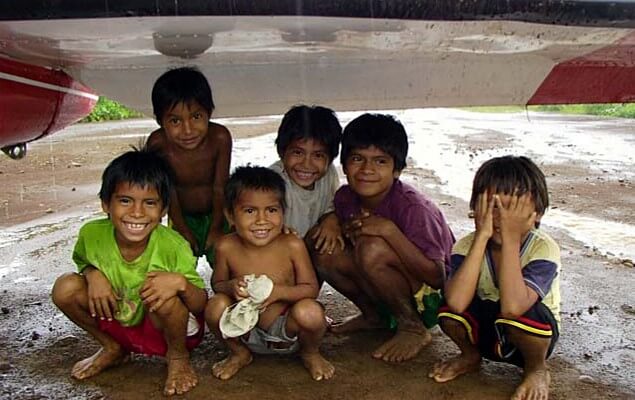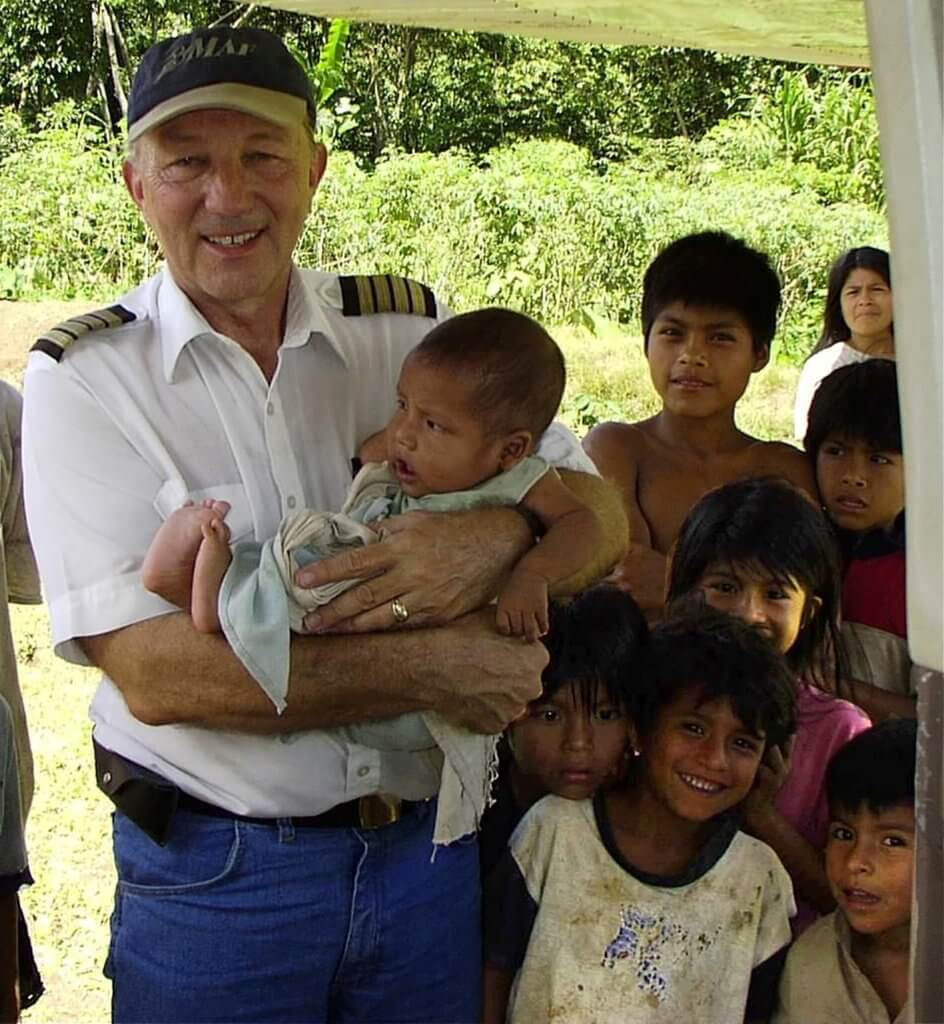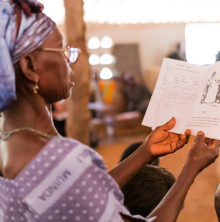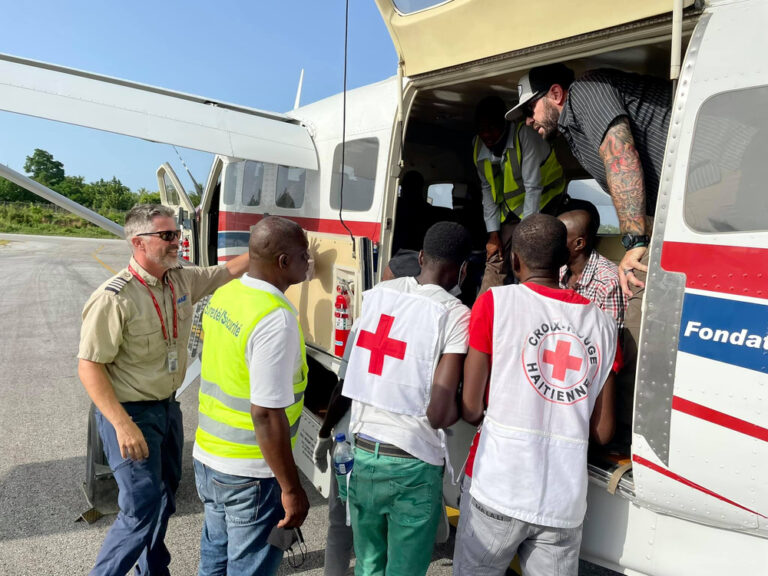When I arrived in Ecuador, I quickly learned jungle flying was serious business. Take no maneuver for granted. Attend to every detail. Reject all distractions. Clearly, dire consequence lurked in the shadows, straining to pounce.
That life-and-death-decision environment fostered a single-minded attitude. During the typical 15 minutes at any strip, my inner worrier said I had better limit people interaction to the essentials only. Safety and work counted, nothing more.
Trouble was, the people were too real. Sure, jungle flying required deliberate care. And, yes, all details mattered. But how important were my efforts if I didn’t also touch a human heart? So, trailing close behind safety lessons, came connect-with-the-people counsel. “That’s why we’re here,” my mentors said.

First, I tried jokes. Unfortunately, North American “funny” wasn’t the same as Amazon Jungle “funny.” My attempts yielded blank stares and puzzled brows.
Then I tried theater. Kids—especially the 8- to 12-year-olds—always clustered tightly about me. If I moved away from the plane, a gaggle followed. If I stood under the wing, some gently stroked the hair on my arms, fascinated. Their eyes tracked my every motion, their whispers commented on my every action.

One day, while weighing cargo bundles to load, I grasped a two-pound package. Instead of lifting it, I strained, shook, and groaned as if it was stuck to the ground. Finally, panting, I let go and declared it too heavy for me. “I need help!” I said.
I surveyed the crowd and asked a kid to load it for me. When the child lifted the parcel, I picked him up and carried both to the airplane. After he placed it inside, I set him down, saying I couldn’t have done it without him.
The kids whooped. The adults guffawed. In their eyes I suddenly morphed from sky-wizard to human being. As I tried variations at other villages, my prayer became that the open-door crack they now peered through would reveal Christ’s light shimmering on the other side.



